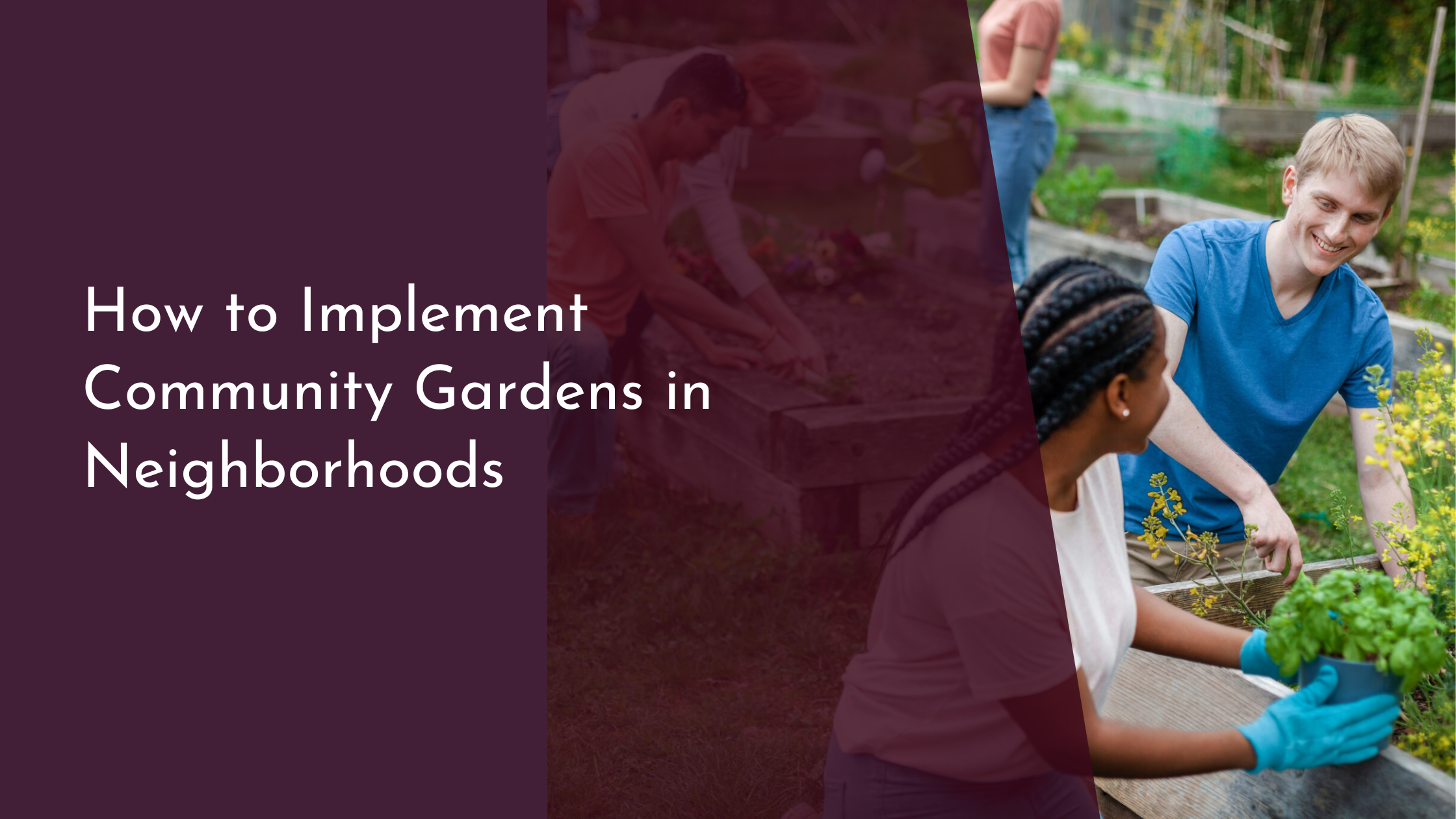How to Implement Community Gardens in Neighborhoods
Community gardens are wonderful spaces that bring people together, promote healthy living, and beautify neighborhoods. They offer a practical way to grow fresh produce, encourage sustainable practices, and foster a sense of community pride. Implementing a community garden can seem like a daunting task, but with careful planning and enthusiastic participation, it can be a rewarding project that brings lasting benefits to your neighborhood. This guide will walk you through the essential steps involved in creating a thriving community garden that caters to the needs of your local residents and encourages a spirit of cooperation and growth.
Assessing Community Needs and Interests
The first step in creating a successful community garden is understanding what your community wants and needs. Conduct surveys, host community meetings, or create online polls to gauge interest and gather input from potential participants. Ask questions about preferred garden size, location, and the types of plants people are interested in cultivating. It’s crucial to identify the primary goals—whether they are to provide food security, offer educational opportunities, or create a social space—so the garden can be tailored to meet these objectives.
Additionally, consider the demographics of your neighborhood. Are there families with young children who would benefit from a children’s garden area? Are there elderly residents who might need raised beds or seating? Understanding these specific needs will help you design a garden that is inclusive and accessible to all. Engaging with local schools, community centers, and faith groups can also help in assessing and aligning the garden’s purpose with the community’s broader goals.
Designing an Inclusive Garden Plan
Once the community’s interests are clear, the next step is to design a garden plan that accommodates these desires while promoting inclusivity. Begin by selecting an appropriate site; consider sunlight exposure, proximity to water sources, and ease of access for all community members. It’s important to create a layout that includes varied garden plots – perhaps communal areas for shared crops and individual plots for those who wish to tend their own plants.
Inclusivity isn’t just about accessibility—it’s also about making everyone feel welcome. Incorporate multilingual signage, and consider features like wide paths for wheelchair access or sensory gardens for those with disabilities. Engage community members in the design process through workshops or design charrettes to ensure the garden reflects a collective vision. This participatory approach not only makes the garden more welcoming but also fosters a sense of ownership among participants.
Securing Resources and Partnerships
Building a community garden requires resources, such as seeds, soil, tools, and funding. Tap into local resources by forming partnerships with local businesses, nurseries, and garden clubs that might be willing to donate materials or provide discounts. Look for grants from governmental bodies or non-profit organizations dedicated to promoting sustainability and community development.
Partnerships don’t have to be limited to financial or material support. Collaborate with local schools, colleges, or horticultural societies for educational partnerships. They could offer workshops or provide expertise in garden design and plant care. By building a network of supportive partners, your community garden can become a hub of learning and growth, both for the plants and the people involved.
Engaging Volunteers and Hosting Events
Volunteers are the lifeblood of any community garden, providing the manpower needed to build, maintain, and expand the garden. Start by reaching out to local residents, schools, and community groups to form a dedicated volunteer base. Organize regular workdays, where volunteers can come together to plant, weed, or harvest, turning tasks into fun and social events.
Beyond workdays, hosting events such as workshops, harvest festivals, or garden parties can keep the community engaged and invested. These events provide opportunities for garden members to share knowledge, celebrate their achievements, and recruit new volunteers. By making the garden a social hub, you create a vibrant community space that thrives on participation and collaboration.
Creating a community garden is a collaborative effort that unites neighbors with a shared vision of sustainability, health, and community spirit. By thoughtfully assessing needs, designing inclusive plans, securing resources, and actively engaging volunteers, your community can transform a simple plot of land into a flourishing garden that offers myriad benefits. As the garden grows, so too will the connections within your neighborhood, fostering a nurturing environment for both plants and people. Embrace the journey, and watch your community bloom together.


